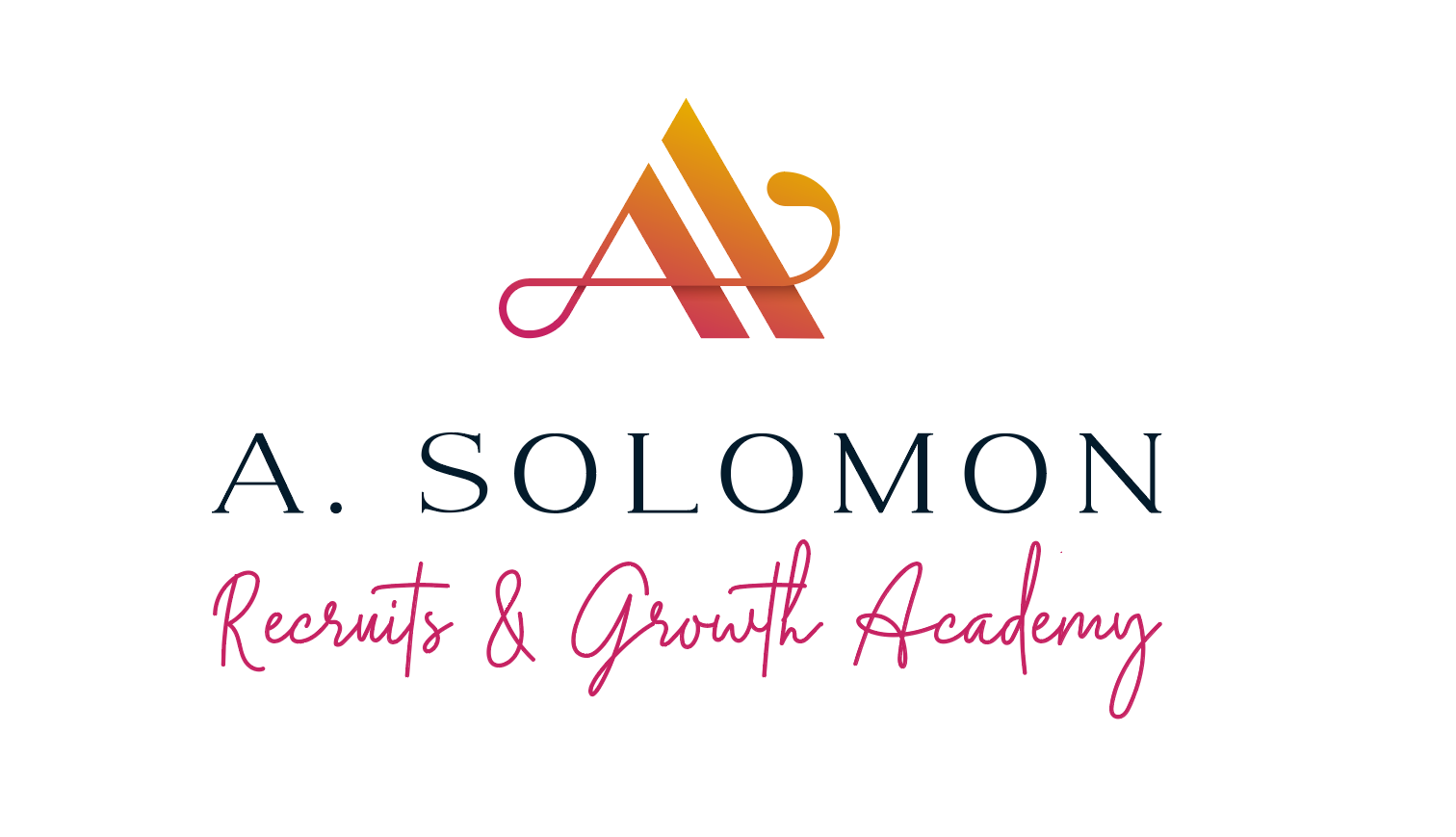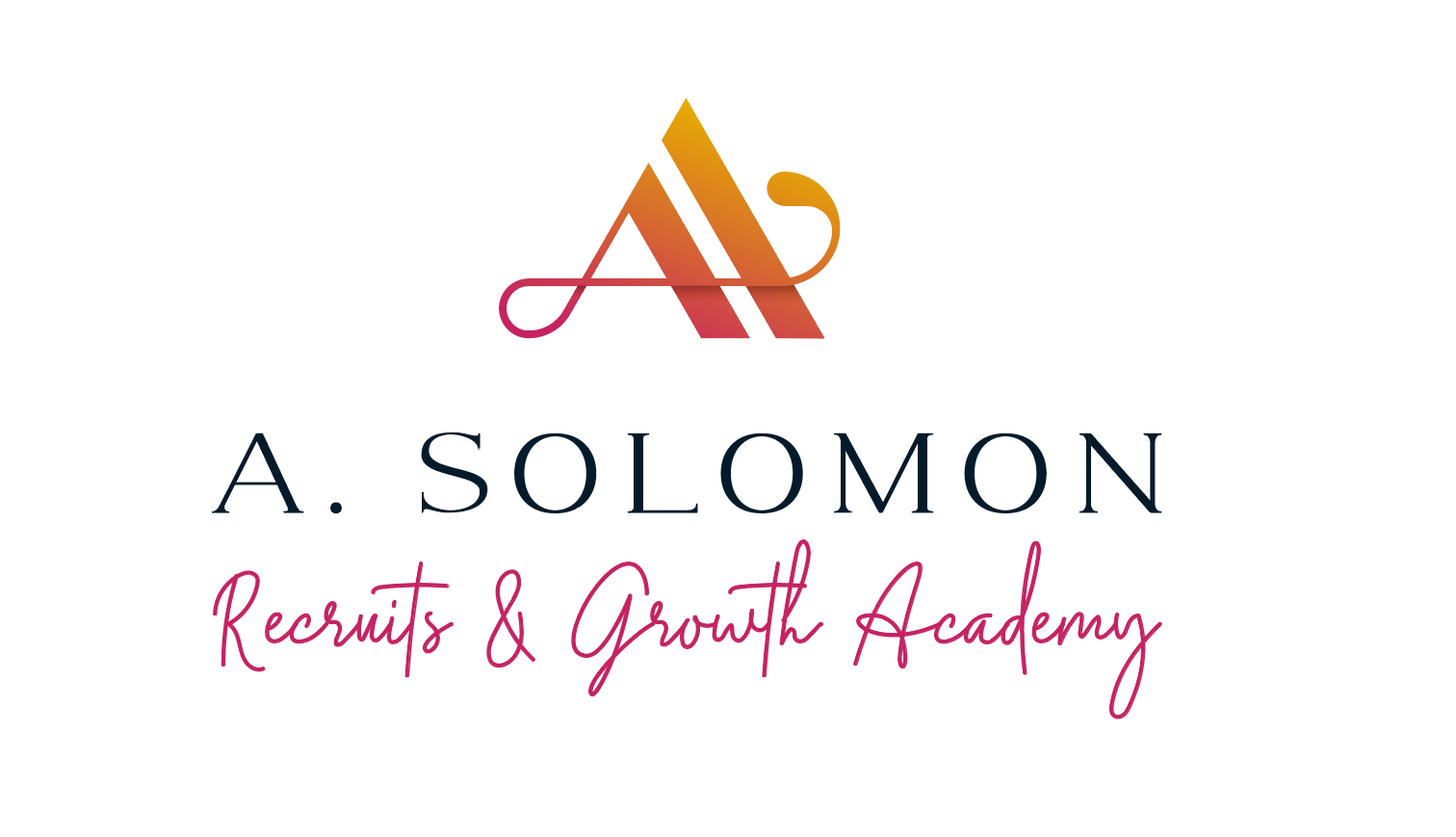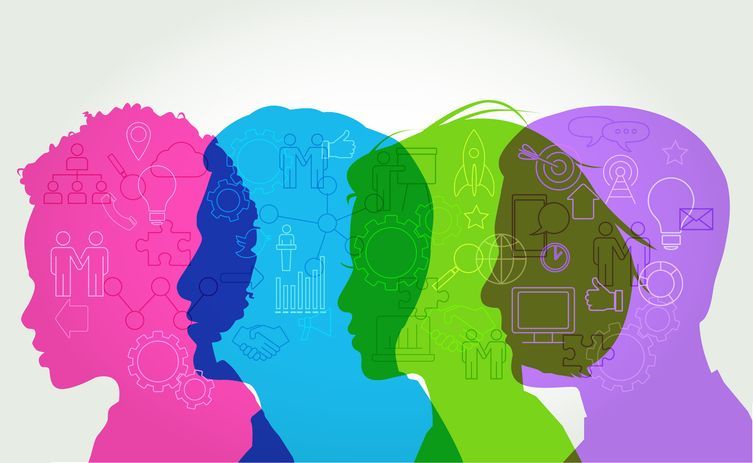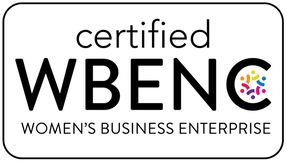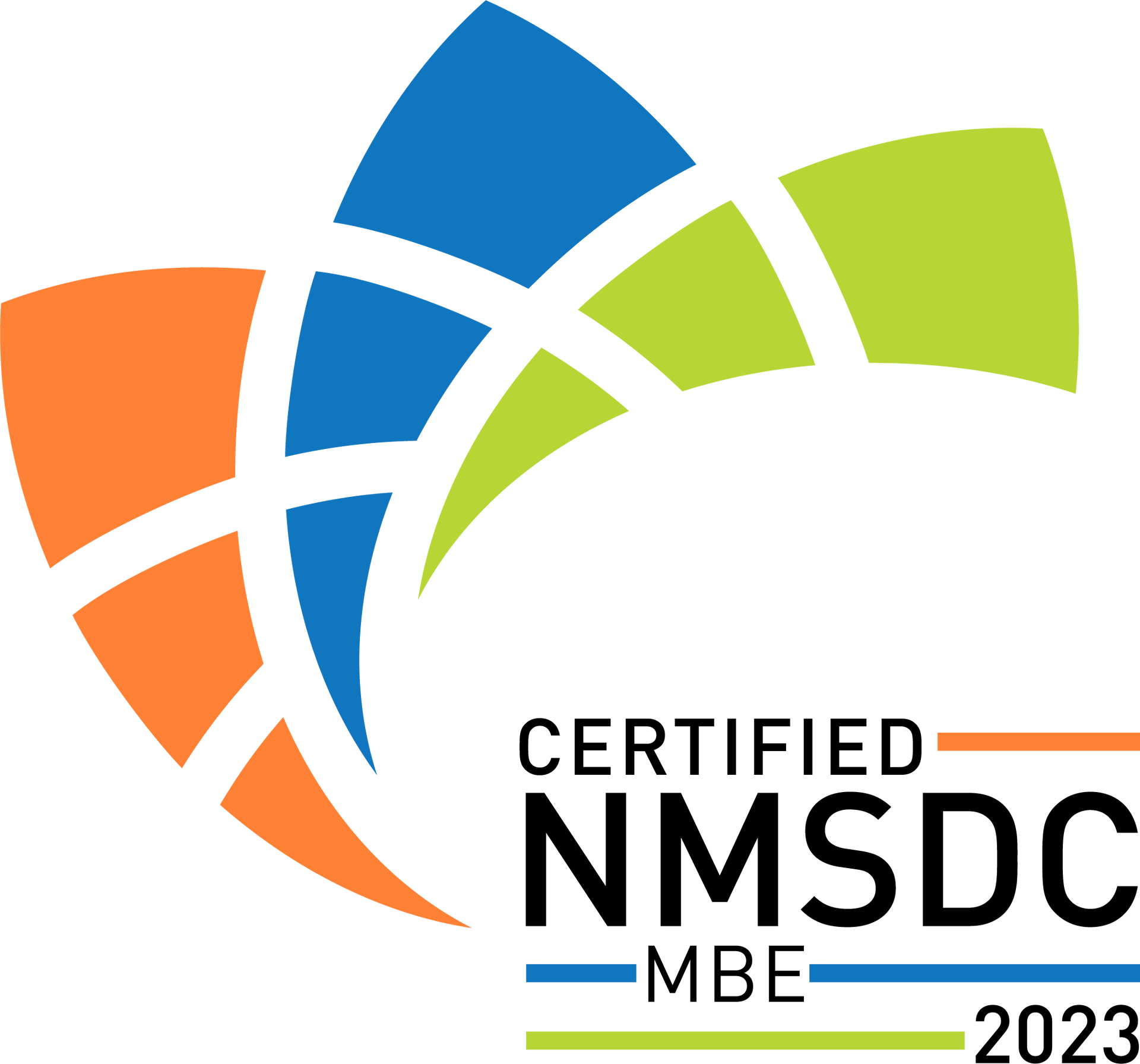I Am NOT My Hair.
Not all hair textures are created equal. What I mean by that is, for years European standards of “acceptable hairdos” for men and women have created many inferiority complexes. This mindset has led to years of over chemically treated hair, not to mention the weave business boom. All of this for the sake of achieving longer, straighter hair that goes against the grain of naturally textured hair. I, myself, am a Black woman with natural hair. I decided to no longer perm 20 years ago, preferring my wet and go curls. Although I sometimes blowout my hair or get braids, what I like is the versatility of my hair and the freedom of being able to wear it how I see fit, and not based on standards and conformity. Trust me, over the years, I’ve gotten my share of comments and concerns voiced by employers and clients. Questions and comments ranging from: “can I touch your hair” to “wear your hair straight for this meeting.” You name it, I’ve heard it. The texture of my hair should not define how I do my job, and this applies for all workers.
The natural hair revolution for men and women of color has been going on for some time as we are starting to embrace our individuality and culture. Workplaces are starting to take notice too. Companies are discreetly (and not so discreetly) excluding men and women of color based on hairdo choices; this includes not hiring, firing, and basic discrimination. Last week’s New York Times article by Stacey Stowe, titled “New York City to Ban Discrimination Based on Hair,” covers the city’s progressive stance that bars companies from discriminating against women and men of color based on their hair. “The change in law applies to everyone in New York City but is aimed at remedying the disparate treatment of black people. The law gives New Yorkers the right to maintain their ‘natural hair, treated or untreated hairstyles such as locs, cornrows, twists, braids, Bantu knots, fades, Afros and/or the right to keep hair in an uncut or untrimmed state.” If caught discriminating, the City Commissioner’s office can force companies to pay $250k in fines and penalties and can also be forced to hire back employees discriminated against.
Hairdo biases in the workplace is a subtle and sometimes undetected form of discrimination, yet are still very much practiced without repercussions, but with very real consequences. Research shows persistent biases toward black women with natural hair. For instance, Locs, a form of natural hair, has been consistently ridiculed and regarded as dirty and unkept. The very term “dreadlocks” originated from the Middle Passage when African slaves packed into slaveships like cattle with unsanitary conditions hair naturally formed that way and was deemed “dreadful” by white slave owners. It is this historic baggage that carries over into what is deemed presentable hair styles in the workplace. This depiction has played a major role in the devaluing and limiting of people of color in the workplace.
I am hoping that more cities will take a cue from New York City, and follow suit to ban discrimination in the workplace on the basis of hair. It is important that we advance to a society that creates truly inclusive workplaces that celebrate differences; Workplaces that respect people’s artistic hair expression and base their performance on their work ethic and not appearance. Once companies recognize that they can be faced with penalties for unfair practices based on hair they will adopt better inclusive policies. It is yet another step in disabling employment disparities people of color experience on a daily basis in today’s workplace; adding another cap in the advancement of diversity and inclusive workplace initiatives. As India Arie puts it in her popular song: “I am not my hair”, so stop trying to shut out or limit workplace capabilities and career successes for people of color because of it.
I am someone who sees incredible potential and opportunity in places where some people don’t think to look. Minorities and women are still marginalized in the working world. As owner of a diversity staffing boutique, my team and I walk alongside our Clients in creating professional environments that are truly for ALL. I believe in our interconnectedness as a human race and strive every day to use my gifts to empower the workplace invisible and powerless. I rarely bet on certainty and always root for the underdog because after all, those are the best stories to tell.
Hi there! Thanks for reading! Follow Angela Solomon on her social profiles! | LinkedIn: /ASolomonRecruits | Facebook: @ASolomonRecruits | Instagram: @A.SolomonRecruits | Twitter: @AS_Recruits | Pinterest: @AS_Recruits

